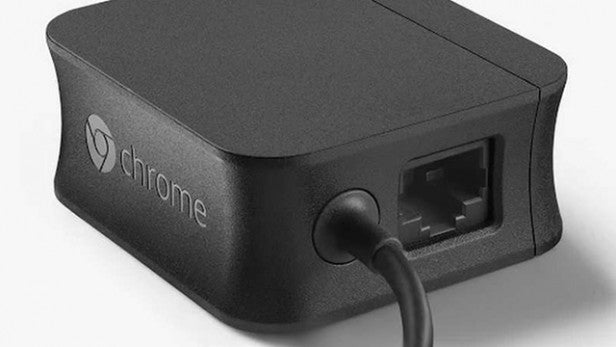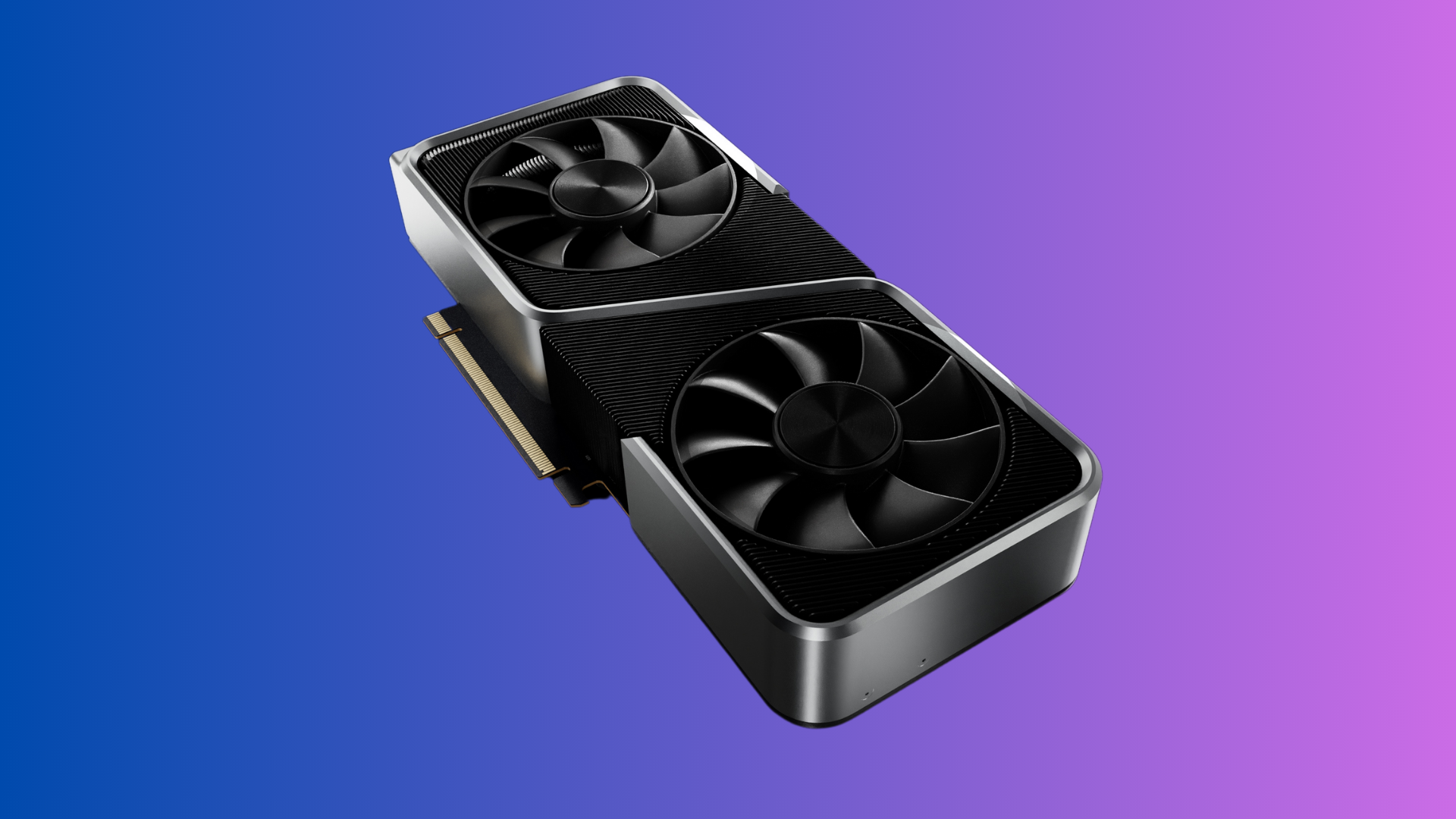What is Ethernet?

Understanding the ins and outs of modern computers can be stressful, and there are a lot of different terms that you might want to know. That’s why we’re going to go over what Ethernet is.
Are you looking to better understand your computer? Whether you want to learn what RAM is, or how many nits your display needs, you’re in the right place.
We’re going to run through what Ethernet is and why it might come in handy on your computer or laptop. Keep reading to find out more.
What is Ethernet
Ethernet is a type of technology that is used to connect devices in a wired local area network (LAN), or a wide area network (WAN). Unlike Wi-Fi, Ethernet is a wired connection, requiring a physical route via cables between devices to establish an internet connection.
This connection, as you can imagine, requires an Ethernet cable. Luckily, a lot of laptops and computers come with an Ethernet port, as well as gaming consoles like the PS5 and Xbox Series X/Series S.
Ethernet was invented in 1973 and was the most reliable option for internet access. Originally, Ethernet was capable of 10Mbps data transfer speeds, but now, the Institute of Electrical and Electronics Engineers (IEEE) has configured speeds to go as fast as 400Gbps.
What are the benefits and negatives of Ethernet?
Ethernet is capable of providing speedy internet access and typically costs less money than a Wi-Fi set-up. It is also reliable and is less likely to cut out, unlike Wi-Fi, which can experience signal interference and dropouts.
It is used commonly in offices and schools due to these factors and can be utilised by any gamers who want to experience a steady connection while they play online. And while this may not be the case for some households, Ethernet connections are generally faster than Wi-Fi, meaning that you should experience a smoother internet connection overall.
However, there are some drawbacks to Ethernet. Since it is a wired connection, it is less mobile and portable since any devices using Ethernet will likely be confined to one position. Using long cables can also be unsightly, and it may not look as good on a gaming or work set-up as a wireless connection.
Plus, there is a chance that the cables could be damaged through temperature changes or physical force, giving it more of a physical vulnerability than a wireless connection.
What types of Ethernet are there?
There are multiple different types of Ethernet cables available that pack varying speeds.
As of 2022, there are three common Ethernet connections: 10 Gigabit Ethernet, Gigabit Ethernet and Fast Ethernet.
As the name suggests, the first of those three supports up to 10Gbps of data transmission speeds, while Gigabit Ethernet can reach up to 1Gbps. Fast Ethernet is the slowest at 100Mbps.
These are the Ethernet connectionc available in most consumer devices, however, there are Ethernet standards that can reach up to 400GbE that are used by companies, such as data centres and internet service providers.







